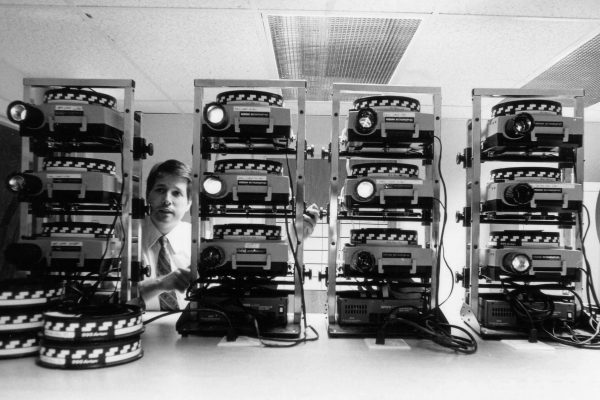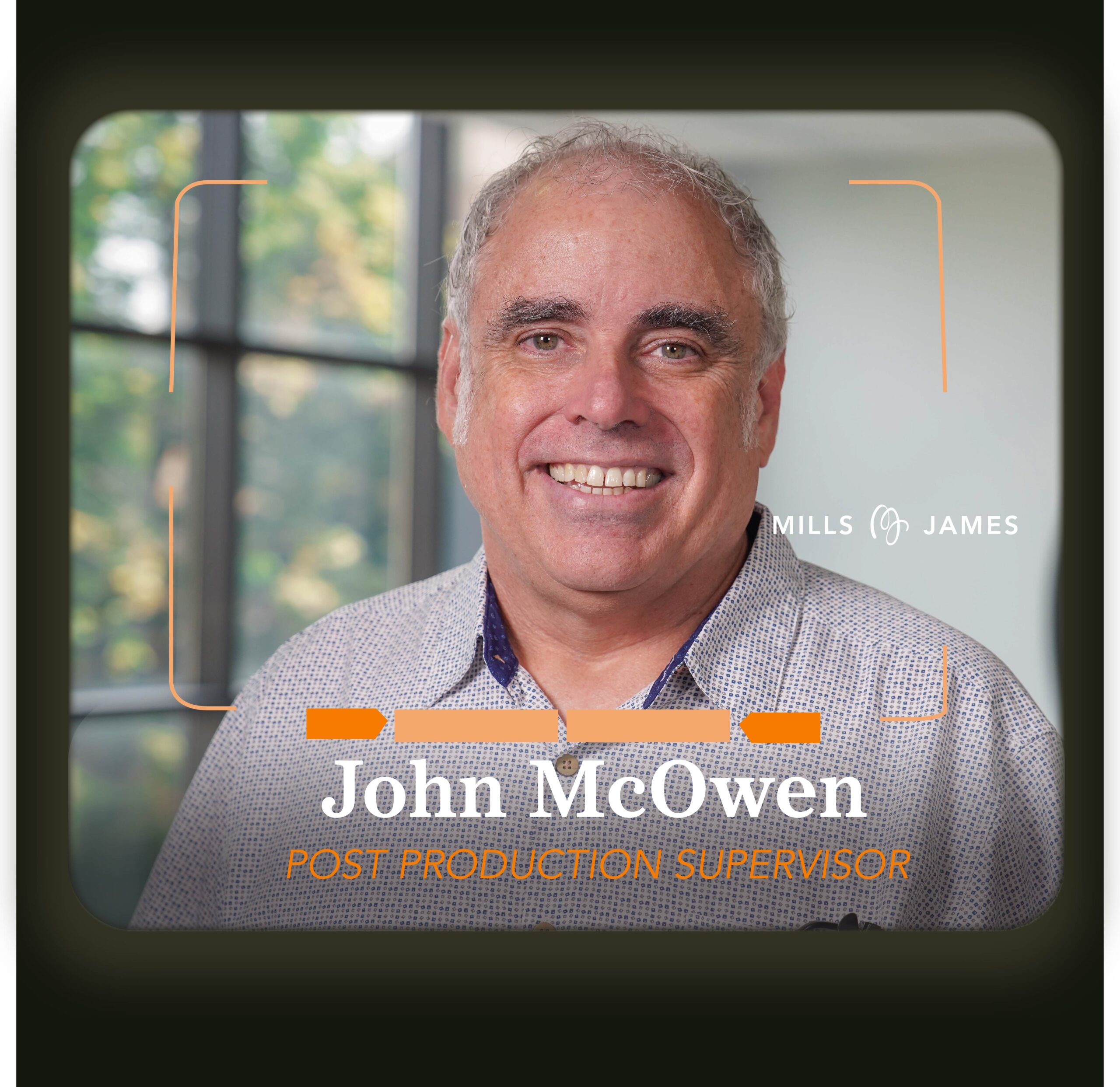
The 1990s | Making History
Cameron has dyslexia, a diagnosis he didn’t receive until he was 36 years old. “My first-grade teacher called me stupid, so I thought I was. But as I grew up, I learned to identify my talents,” Cameron reflected.
As he played to his strengths, he sought employees that would play to his weaknesses. And that’s why Cam wanted good spellers. He needed a second set of eyes to review client slides.
Cameron compensated in other ways, too, often to the mild annoyance of colleagues who didn’t understand why he was doing what he was doing.
While preparing client proposals, Cameron would always write down the client’s needs in detail, then submit what he wrote as part of the plan. He did it purely for himself, to bring a sense of order to the disarray he felt in his mind. After reading his summaries, Ken’s response was usually something like, “Cameron, you have a great ability for stating the obvious.”
Cameron’s compensations extended into event production, where he’d write highly specific runs-of-shows. “I had to live out the event in my mind to be sure I got it right,” he said.
The Limited’s annual meeting would put Cameron’s process to the test. The Limited had always produced the event themselves, but as their scope and ambitions grew — they’d just announced the opening of their new distribution center, among other things — they needed help. Their meetings were hitting an entirely new scale. Cameron built credibility with the producer at The Limited, and Mills James landed the job.
The event was high tech and high attendance. Cameron did his thing, writing a detailed run-of-show, memorizing it, and then memorizing it again. It had to go just like it did in his mind.
To the clients’ delight (who loved his extraordinary attention to every moment), the event went off just like he saw it.
What he probably didn’t realize at the time: that job would prove to be one of the company’s big breaks.
Word traveled, and work was coming faster than they could manage. Space was getting tight, and they needed a studio for film and video shoots. Now in their second office, they were running out of room again.
The team went on an exhaustive search looking for the perfect fit of large studio space, in a convenient location, with lots of parking, and far enough from an airport to avoid noise pollution. It didn’t exist, so Ken and Cam decided to design and build Central Ohio’s first production facility.
The numbers to break ground were staggering to two people used to running a freelance-driven operation: upwards of $2 million. They sought advice from their builder, Equity Concepts Development, who directed them to alternative financing options. The Small Business Association and the City of Columbus offered grants to incentivize new businesses to settle in Columbus, Ohio. Mills James was rewarded both.
They found the land they needed at the edge of Columbus, conveniently located at 270 and Cemetery Road.
Mills James broke ground on their sixth anniversary, May 1, 1990, a 25,000-square-foot facility. The building was completed in November. The total came to $2.3 million, not including the additional millions of dollars of equipment inside the building — a hefty investment that had to pay off.
After their first month of operation, they gathered around the front desk to tabulate their break-even, a figure they’d always carried in their heads. As Ken says, “Fear is constant in business ownership.”
The numbers were $100k over projections.
They started to realize their $2.3 million production facility gamble was more than just a financial transaction; it was a feat of branding. Their investment was completely re-positioning two guys in the minds of everyone in Columbus, from Mills and James to Mills James.
At that moment, they shed their seat-of-the-pants habits and acted with the gravitas of a company destined for the Fortune 500.
Not.
Cameron is a prankster, and his favorite antic was stealing and hiding employees’ shoes. One time he hid the CFO’s shoes then had the front desk tell her Les Wexner was waiting for her in the lobby.
Speaking of which, Ken and Cameron have always been avid believers in elevating the experience of anyone who walked through the door. As producers, they lived the pain of long edits for years — clients staying for lunch, then dinner, then back the next day to cross a finish line. So, they put stocked fridges in every edit suite, provided coffee service, and served client meals plated on china at no charge.
Clients never wanted to leave, which led to further expansion. In 1994, they decided to double the space with a 22,000 square-foot wing. By early 1996, Mills James had a fully operating 47,000-square-foot facility. The fridges were still fully stocked; beer included. Those were the days.
Until the end of the 1990s, which brought apocalyptic anxiety.


